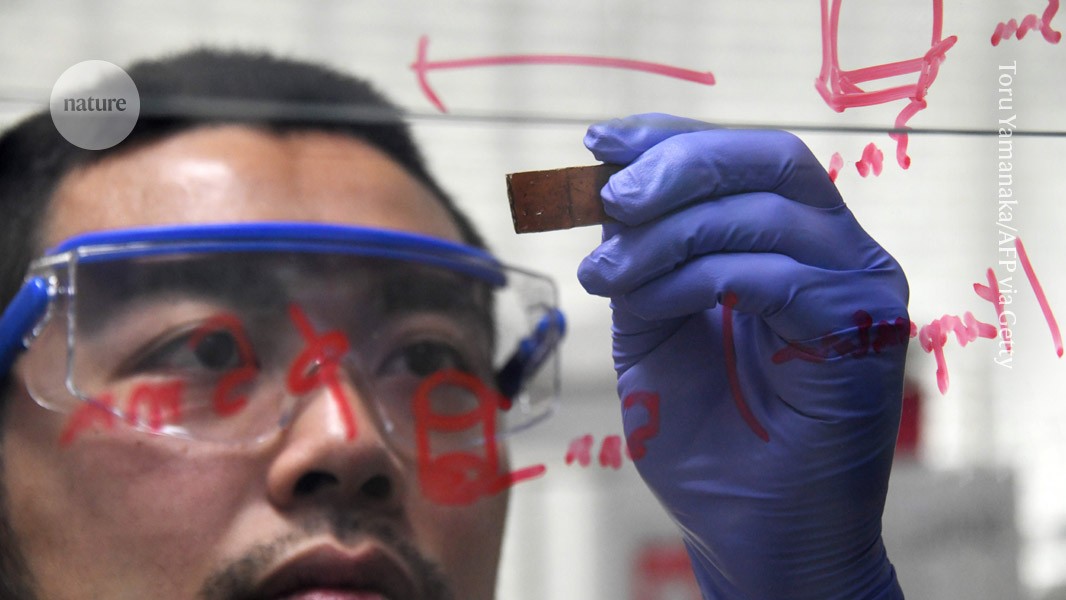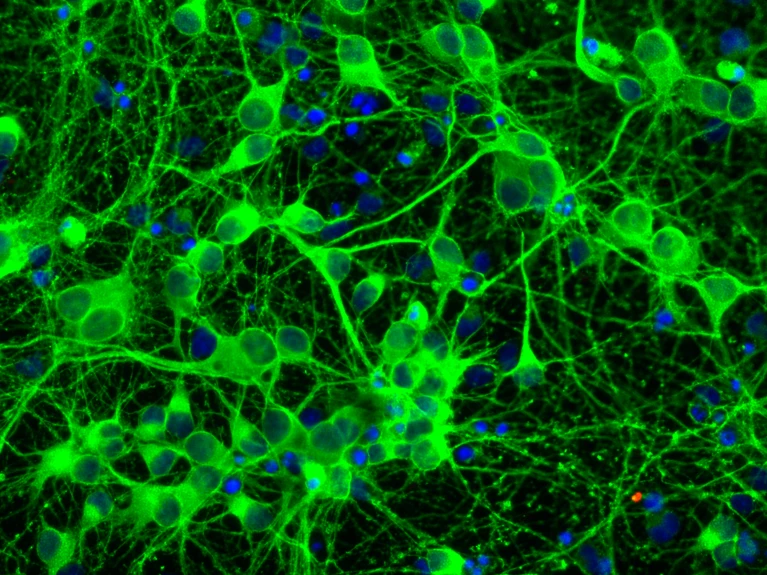Scientists tested replica Bronze Age armour on Greek marines. Here's what they learned
Despite its bulky appearance, the copper plate armour proved versatile and practical in combat simulations
learned
More than a dozen elite Greek marines dressed up like Bronze Age warriors and practised ancient fighting techniques — all in the name of science.
The 13 soldiers, all members of the Hellenic Armed Forces, roleplayed as warriors from Greece's late Bronze Age, known as the Mycenaean civilization, in order to test the combat suitability of a 3,500-year-old suit of armour.
The study,
published last week in the journal PLOS One, is being hailed by some experts for its innovative approach of mixing physiology, the study of how the human body works, with archeology, the study of ancient materials and remains.
But they also questioned the historical accuracy of the simulated combat, and cautioned against using this one suit of armour to draw broad conclusions about the Mycenaeans — people whose cultures and societies remain something of a mystery.
Recreating ancient conditions
At the heart of the study is a suit of Mycenaean armour discovered in the southern Greek village of Dendra in 1960.
Made of copper alloy plating tied together with leather, and featuring a boar-tusk helmet, it is one of the oldest complete suits of European armour in existence.
But, given its weight and bulk, there's long been debate about its purpose.
"The main question was: Was that particular armour for ceremonial purposes, or was it also a battle tool?" University of Thessaly physiologist Yiannis Koutedakis, one of the study's authors, told
As It Happens host Nil Köksal.
"The verdict was that it could be used for both."
To reach that conclusion, Koutedakis and his colleagues created a replica of the Dendra armour, then tested it on modern soldiers during a gruelling, 11-hour simulation of late Bronze Age combat.
Using descriptions of the legendary Trojan War from Homer's
Iliad as a guide, the soldiers fought, tossed javelins, ran on treadmills and carried out various combat movements. Throughout, scientists monitored their blood sugar, heart rates, oxygen intake, core temperatures and more.
The team also tried to mimic Bronze Age battle conditions by recruiting male volunteers of roughly the same age as ancient Greek soldiers, controlling the temperature of the room where they performed combat simulations, and feeding the participants a traditional diet of meats, dry bread, goat cheese, olives and red wine. No coffee was allowed.
"We measured the physical … impact that this armour had on the individuals, and we noticed that it was fine, not something extreme," Koutedakis said. "It was heavy, but not too heavy. Not unbearable."
The findings back up earlier research by archaeologist Barry Molloy who,
in a 2013 analysis, concluded the Dendra armour was fit for extensive combat.
Molloy was unavailable for comment, but he
told National Geographic: "Suits of armour like this would have transformed the battlefield."
Who were the Mycenaeans?
The study's authors write that their findings "support the notion that the Mycenaeans had such a powerful impact in Eastern Mediterranean [society,] at least partly as a result of their armour technology."
But Dimitri Nakassis, an archeologist at the University of Colorado Boulder who specializes Mycenaean societies, cautioned that there's a lot we don't know about this period — including whether the Mycenaeans were really the fierce warrior culture they were reputed to be.
"I think most archaeologists would recognize [Mycenaean is] kind of a shorthand," Nakassis, who wasn't involved in the study, told CBC.
"We don't know who these people were. We don't know what they called themselves. We don't know that they had a kind of unified identity."
In order to be certain this style of armour gave Mycenaeans an advantage on the battlefield, he says more evidence that it was in wide usage is needed.
What's more, he says similar experiments are needed on other sets of armour from the same period.
"They suggest ... maybe this gave the Mycenaeans an edge, and I think that's a possibility that we should take seriously," Nakassis said. "But, obviously, it requires more research."
Historical inaccuracies
There were also limitations on the researchers' ability to perfectly replicate Bronze Age combat in a historically accurate way.
Ioannis Georganas, an independent archeologist and member of the Society of Ancient Military Historians, noted that while Dendra armour was 90 per cent copper and 10 per cent tin, the replica was 95 per cent copper and five per cent zinc.
What's more, he said, in an email to CBC, basing the combat simulations on Homer's epic poetry is "more than problematic."
Scholars have long debated what's fact and what's fiction in Homer's tales. The Trojan War was set centuries after the Dendra armour was created, and some 500 years before Homer was even born.
In the study, the researchers acknowledged both of these shortcomings, noting they used the closest approximation of metals, and the most accurate descriptions of Bronze Age combat that they could get their hands on.
They say these discrepancies don't call into question their key finding — that the Dendra armour is practical, versatile, and combat ready.
Despite their caveats, both Georganas and Nakassis said they welcomed the study's unique approach to blending physiology with archeology, and said they hope to see more research like it.
Koutedakis agrees.
"We have now coined a new term — archeo-physiology," he said. "And I hope that ... other projects may be done in a similar way, and that will be very good."
Asked if he had a chance to try on the replica armour himself, Koutedakis immediately replied: "Of course I did!"
"To have something on your body, which you knew that people were wearing 3,500 years ago," he said, "that feeling is really amazing."
https://www.cbc.ca/radio/asithappens/greek-bronze-age-armour-study-1.7217371
 www.cbsnews.com
www.cbsnews.com









